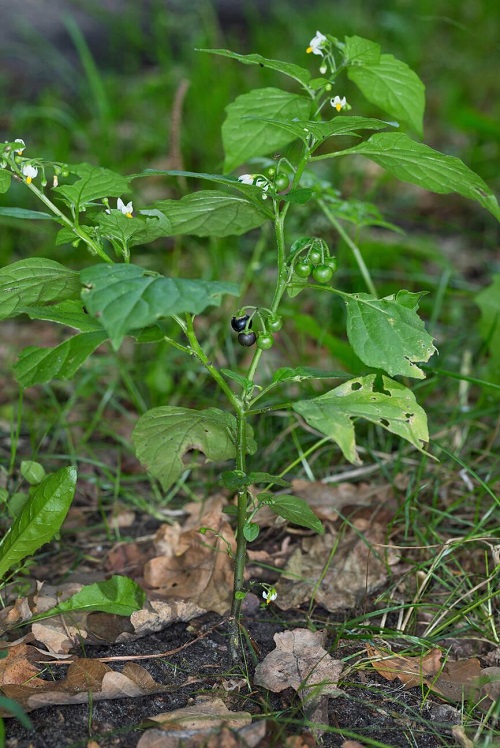Look at some Poisonous Lambsquarters Look-Alikes and learn the distinguishing factors to make out which one’s which.
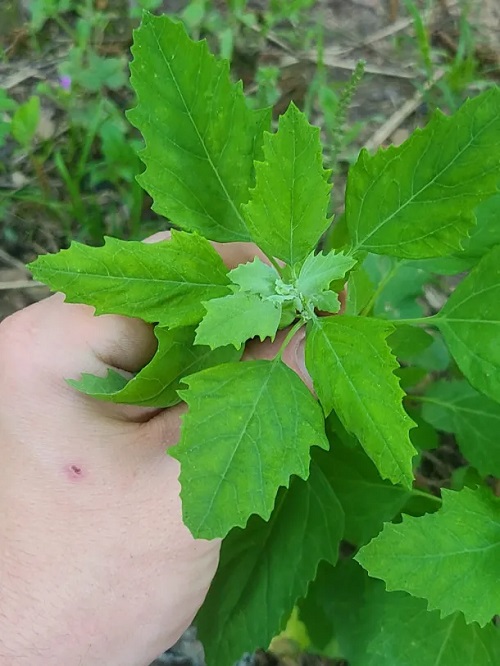
Lambsquarters has been renowned for its highly nutritious taste in various cuisines worldwide for centuries. However, there are a few Poisonous Lambsquarters Look-Alikes that can be fatal if eaten, making it essential to distinguish between them.
Look here at the weeds that look like squash plants
Poisonous Lambsquarters Look-Alikes
1. Palmer Amaranth
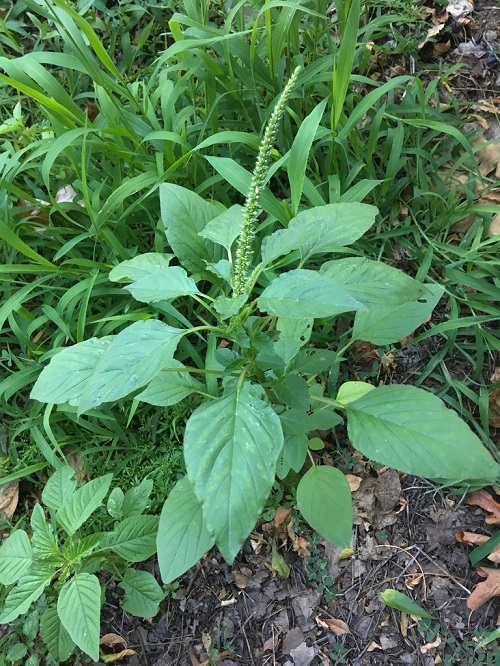
Botanical Name: Amaranthus palmeri
Both of them have serrated leaves and similar growth. However, to draw the line of distinction, you must keep an eye on overall plant size and stem thickness, as Palmer Amaranth is larger and sturdier.
2. Black Nightshade
Botanical Name: Solanum nigrum
This one looks a whole lot like Common Lambsquarters! If you want to find the difference between them, look for the toxic black-round berries of the Black Nightshade.
Most poisonous plants in the pea family can kill you
3. Bittersweet Nightshade
Botanical Name: Solanum dulcamara
While this can be mistaken with Lambsquarters by untrained eyes, you must take a closer look. Unlike the lambsquarters, its leaves grow in pairs of 3. That is all you need to stay away from this poisonous plant.
4. Pokeweed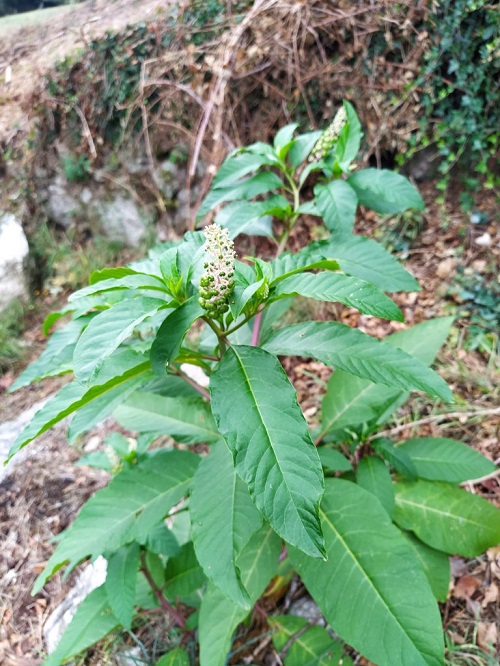
Botanical Name: Phytolacca americana
People often mistake Pokeweed for lambsquarters when the plants are young. The best giveaway of this imposter is the red stem (lambsquarters have green stems). Also, pokeweed does not have serrated leaves.
Check out the list of the most common toxic flowers
5. Carolina horsenettle
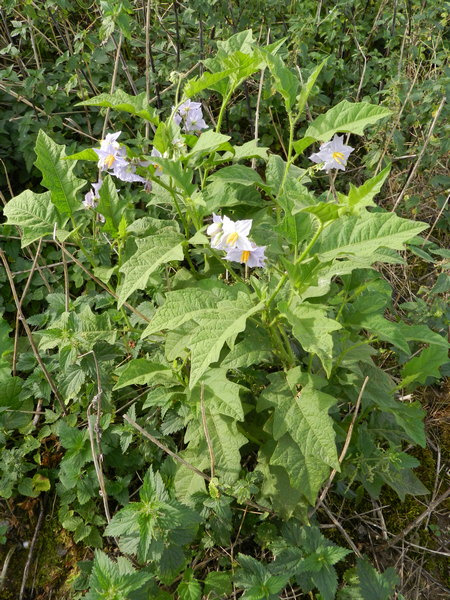
Botanical Name: Solanum carolinense
Horsenettle also has serrated leaves and grows to a height of 2-4 feet. You can tell that it’s different from a lambsquarters with its tiny white-yellow flowers. The serrations are also pointier.
6. Jimsonweed

Botanical Name: Datura stramonium
Jimsonweed has a similar appearance to lambsquarters, too. But you can identify it by its large, trumpet-shaped flowers of white hues and the distinctive, spiky seed pods.
Growing Datura | How to Grow Jimsonweed
7. Ground Cherry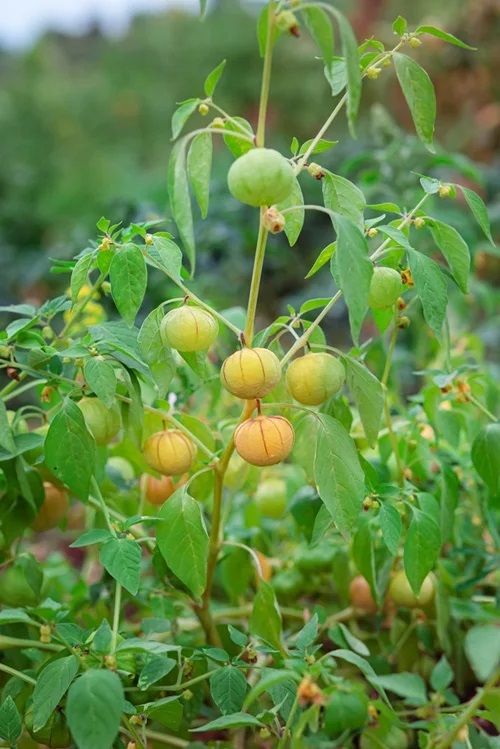
Botanical Name: Physalis spp.
A ground cherry plant looks strikingly like lambsquarters due to its growth habit and leaves. But you can identify these as they have husked fruits that resemble small tomatoes.


